Zimbabwe
A return to Africa...in more ways than one...
Note: This post contains a lot of pictures which means it will appear as clipped or truncated in an email. To see the whole thing just press VIEW ENTIRE MESSAGE at the end of the email and you’ll see it in one. Or head to the online version.
Hello Everyone!
This is a scheduled post because, as you read, I will either be on my way to The Gambia or in The Gambia…. or, if you’re on catch up, at home. It’s a long one so maybe grab a cuppa before you read on.
I originally wrote this in 2019 as the year was nearing its end. The rain was hammering against the window; I was thinking of warmer climes, and of my trip to Zimbabwe in particular. Not unlike this year with Storm Isha wreaking havoc all around - we had wind gusts of up to 90mph on Sunday night. Luckily our power outage was short-lived, but many nearby weren’t so fortunate.
I first went to Africa in 1991, to Kenya on honeymoon. When we left the UK, Bryan Adams was at No. 1 in the music charts with (Everything I Do) I Do It For You and it was still there when we returned two weeks later; it felt like that song was top of the pops forever. We followed that trip with a holiday to Egypt in 1992, and since then I had always had a wish to go back to Africa. In October 2018, I finally returned to the continent (minus my husband this time; he had finally admitted he doesn’t really enjoy long haul travel), with Zimbabwe as my destination; a beautiful but troubled country.
The trip started and ended in the town of Victoria Falls best known for the waterfall of the same name. The town is in the province of Matabeleland North in the northwestern corner of Zimbabwe and sits on the southern bank of the Zambezi River at the western end of the falls. Victoria Falls began as a small settlement in 1901 when the possibility of using the waterfall for hydro-electric power was explored. It expanded when the railway from Bulawayo reached the town shortly before the Victoria Falls Bridge was opened in April 1905, connecting Zimbabwe to what is now Zambia.


On our first morning, the group set off for the Victoria Falls early so we could be at the Zambezi National Park gates for opening time. The actual opening time was a little vague as we were now operating on African time - things happen when they happen! There was a fair amount of faffing and kerfuffle as we were, eventually, given entry; it was all a bit rushed in the end getting to our location for sunrise, but we just made it and were rewarded with a beautiful golden glow as the sun rose over the falls, or Mosi-oa-Tunya (The Smoke That Thunders) as they are much more poetically known in the indigenous Lozi language.
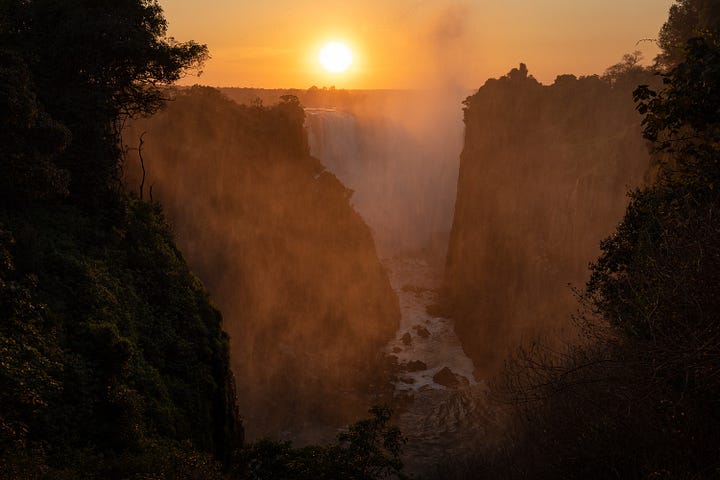

These are among the most spectacular waterfalls in the world. The Zambezi River on the border between Zambia and Zimbabwe, which is more than 2 km wide at this point, plunges noisily down a series of basalt gorges and raises an iridescent mist that can be seen more than 20 km away. While neither the highest nor the widest in the world, Victoria Falls is classified as the largest based on its combined width of 1,708 m and height of 108 m, resulting in the world’s largest sheet of falling water. We were there in the dry season so the falls weren’t at full volume, but, even so, the amount of spray was phenomenal and it felt like it was raining at times. With the constant spray from the falls, rainbows come and go in the sun. As well as being known as Mosi-oa-Tunya, David Livingstone, the Scottish missionary and explorer, gives an older name for the falls, Seongo or Chongwe, which means ‘The Place of the Rainbow’. You can see why!
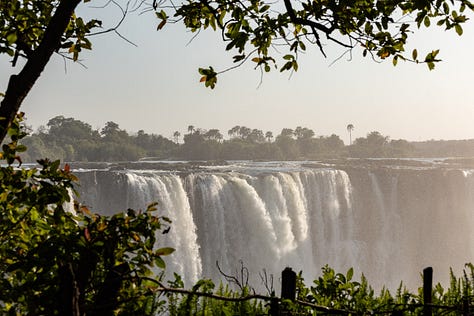
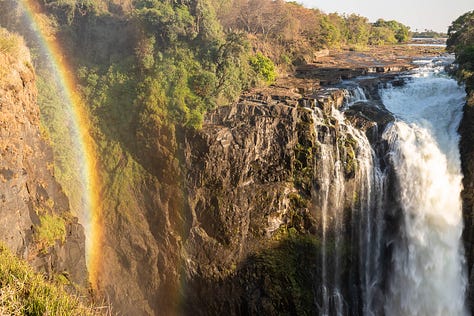
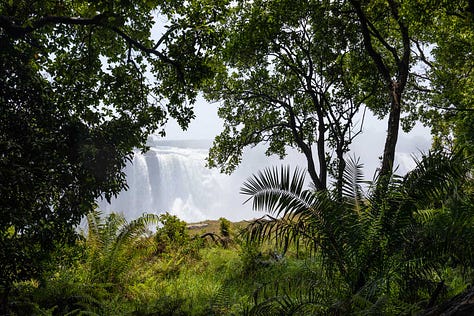
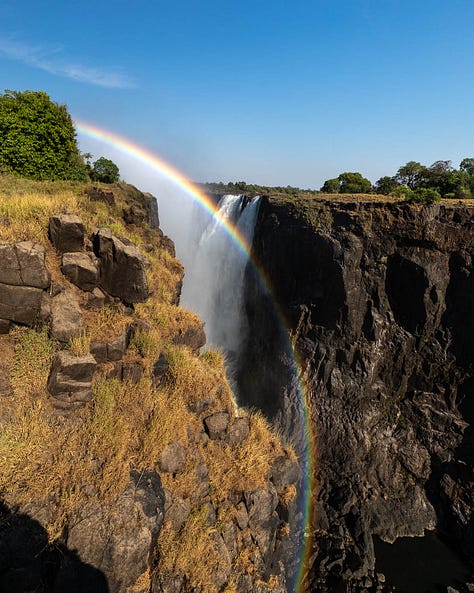
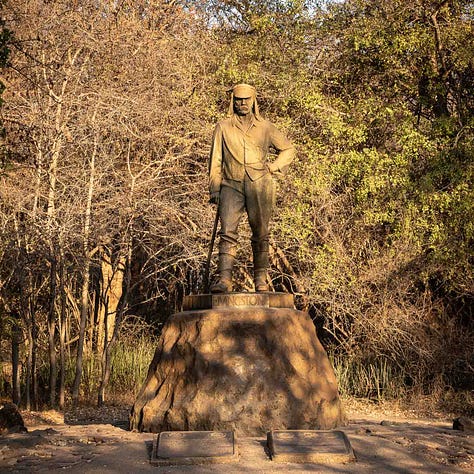
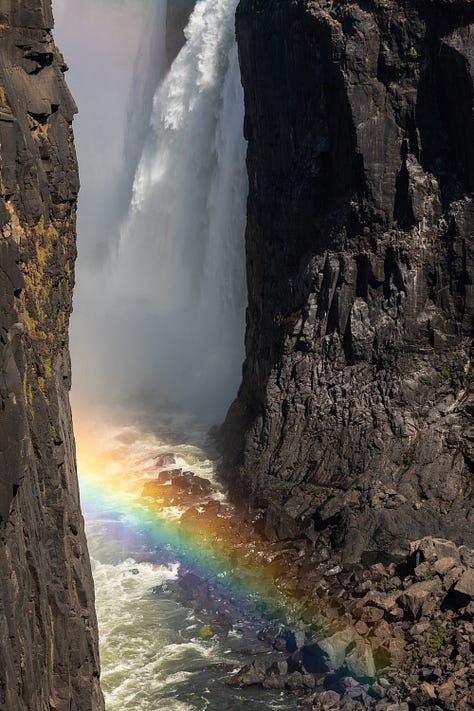
David Livingstone is believed to have been the first European to view Victoria Falls, on 16 November 1855. The falls were well known to local tribes, and Voortrekker hunters may have known of them, as may the Arabs under a name equivalent to "the end of the world". Europeans were sceptical of their reports, perhaps thinking that the lack of mountains and valleys on the plateau made a large falls unlikely. Livingstone had been told about the falls before he reached them from upriver and was paddled across to a small island that now bears the name Livingstone Island in Zambia. He named his discovery in honour of Queen Victoria of Britain.
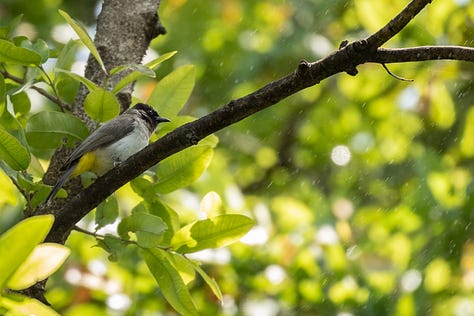
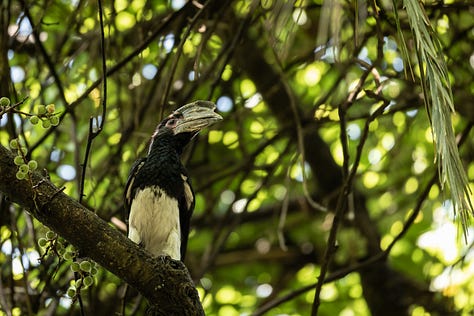

Until the area was made accessible by the building of the railway, the falls were seldom visited by other Europeans. In 1904, the Victoria Falls Hotel was opened to accommodate visitors arriving on the new railway. The hotel is dramatically situated, with a view of the Second Gorge and the Victoria Falls Bridge from its terrace. It’s the epitome of colonial opulence, and some of us couldn’t resist going in for afternoon tea and a wander around the grounds.
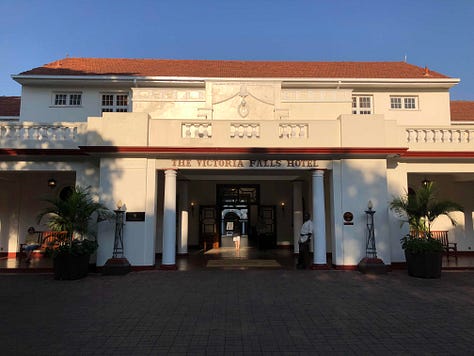


After spending a day at Victoria Falls, we travelled by road to Binga, on Lake Kariba, to join our houseboat, The Abangane, that was to be home for the next three nights. We motored down the lake to Senkwe where we decanted into two tenders to head out for sunset, which was stunning. African sunrises and sunsets have to be experienced to be believed - the intensity of the colours is breathtaking.
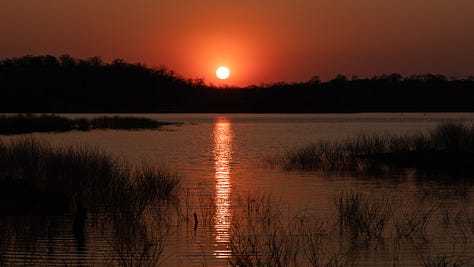

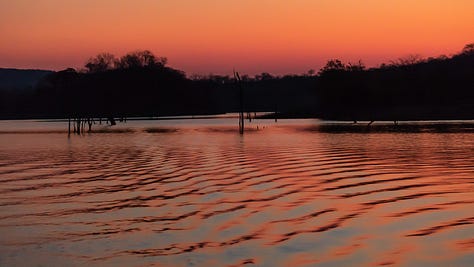
Lake Kariba is a flooded landscape and is the world’s largest man-made lake and reservoir by volume. It lies along the border between Zambia and Zimbabwe and was filled between 1958 and 1963 following the completion of the Kariba Dam at its northeastern end, flooding the Kariba Gorge on the Zambezi River. With skeletal-like trees scattered throughout the shallower creeks and trees full of weaver bird nests on the banks, the lake feels both desolate and vibrant as you sail through it.
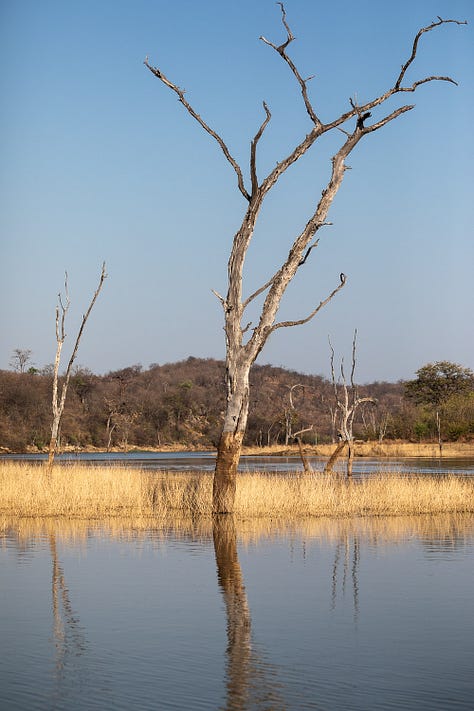
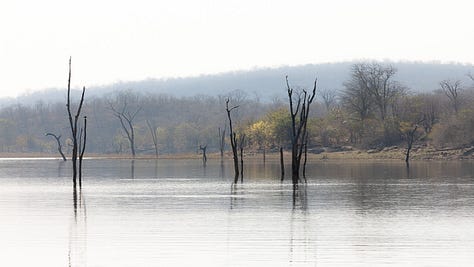
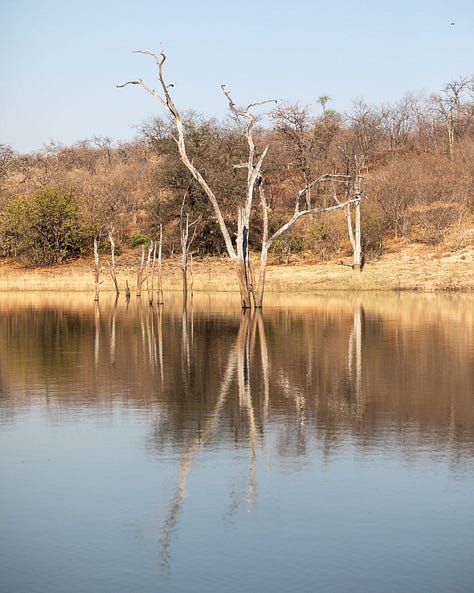
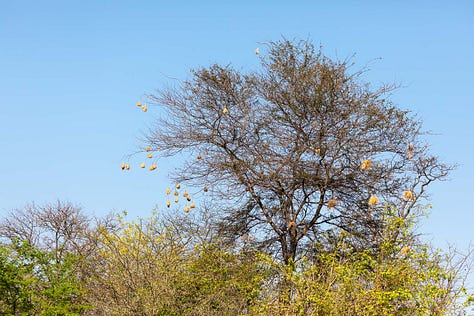
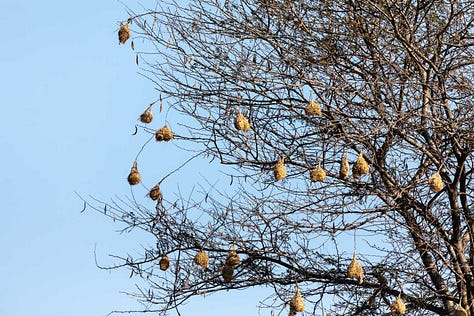
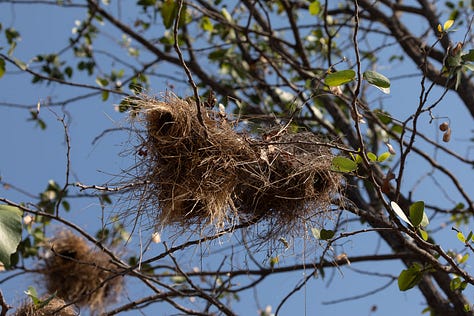
The displaced inhabitants of the area are Tonga people. One of their most important gods is the Nyami Nyami, otherwise known as the Zambezi River God or Zambezi Snake Spirit. Nyami Nyami is believed to protect the Tonga people and give them sustenance in difficult times. The River God is usually portrayed as male and is variously described as having the body of a snake and the head of a fish, a whirlpool or a river dragon. Nyami Nyami is seen as the god of Zambezi Valley and the river before the creation of the Kariba Dam; it was said to control life in and on the river. The spirits of Nyaminyami and his wife residing in the Kariba Gorge are God and Goddess of the underworld. The Tonga people believe the building of the Kariba Dam deeply offended Nyami Nyami, separating him from his wife, and the regular flooding and many deaths during the dam's construction were attributed to his wrath. After the dam was completed, the Tonga believe that Nyami Nyami withdrew from the world of men.
During the filling up phase of the lake, the water was high in nutrients coming from decomposing, inundated vegetation, creating a thick layer of fertile soil on land that became the lake bed. As a result, the ecology of Lake Kariba is vibrant. A number of fish species have been introduced to the lake, notably the sardine-like kapenta (transported from Lake Tanganyika), which now supports a thriving commercial fishery. We shared our mooring at Diamond Island with a small fleet of kapenta fishermen whom we visited. They fish at night with lights and nets. The lights are used to attract the fish; once there is enough fish, the lights are switched off and as the fish descend once more they are caught in the nets that have been placed below. After being landed, the fish are cut and dried before being sold in Binga.

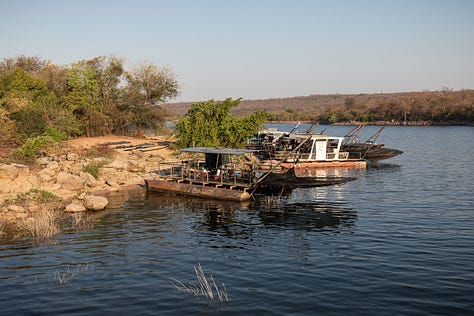
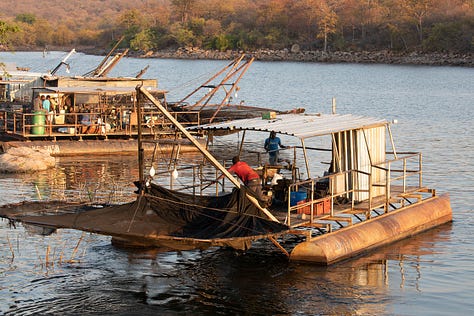
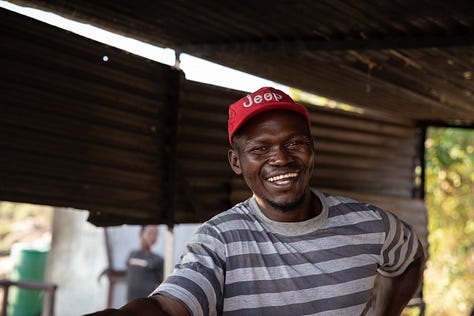


Each day we were on the lake, we would head off in the tenders to explore the myriad of small creeks looking for the wildlife that abounds there.
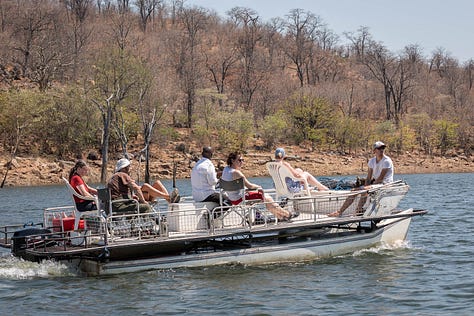

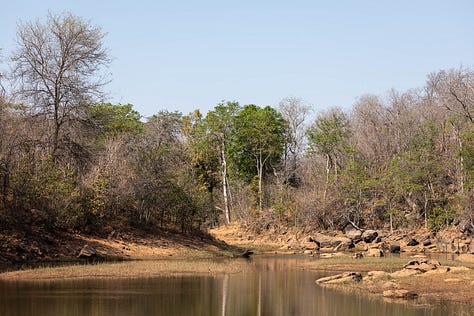
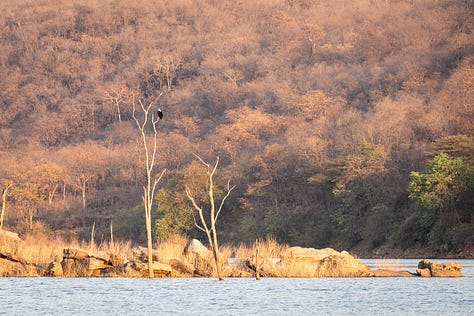

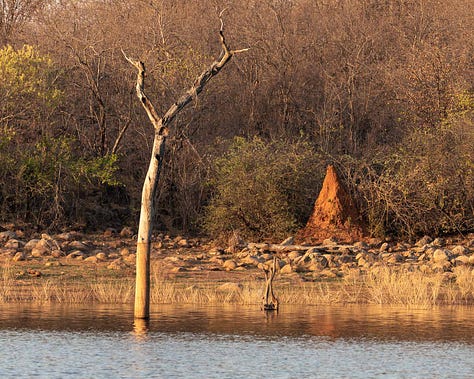
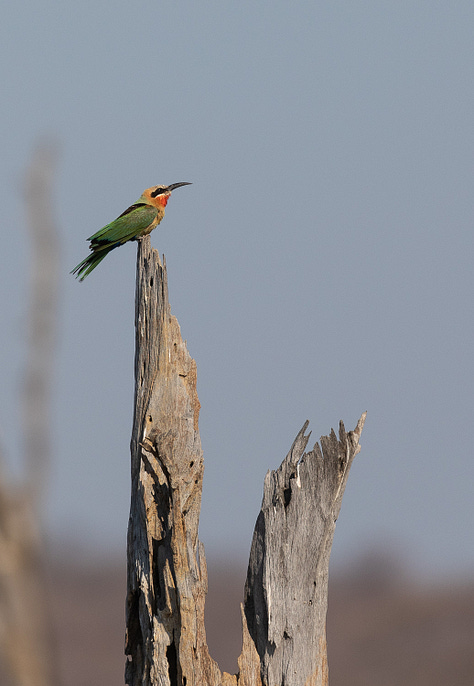


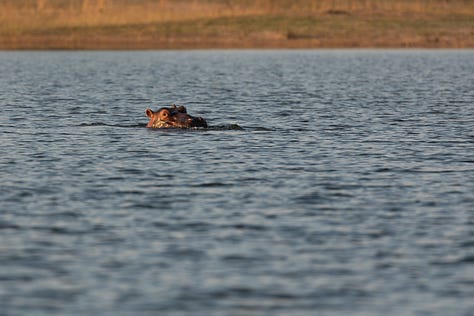
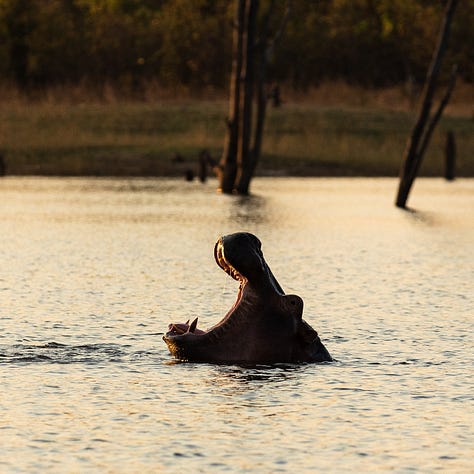
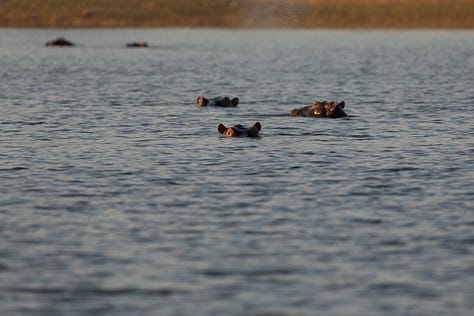
Whilst on the tenders, it was drummed into us that on no account were we to hang our feet over the edge of the boat when stationary, or moving slowly, as we risked being attacked by a crocodile. So look at these two, as nonchalant as you like, with their feet over the edge!



A highlight of the stay on Lake Kariba was a visit we made to a fishing village. The village, which is divided into two sections, doesn’t have an official name, but is home to around 200 people comprising about 30 families. When we arrived, we were greeted by a large number of the village’s population. We were warmly welcomed by the Chairman and set off to be shown round. It was absolute mayhem as we moved around in a group that steadily increased in size. Initially, the children were very shy, but, like children all over the world, their natural curiosity soon got the better of them and it wasn’t long before the young girls had taken the ladies in our group by the hand to lead us round.
The village was made up of small, mud huts, many of which had small solar panels to enable mobile phones to be charged. As in so many places, there was the juxtaposition of the lack of electricity and other, what we would deem, essential services while there was the ubiquitous mobile phone very much in evidence. I was somewhat taken aback by a woman asking if I could Whatsapp a photo to her - but maybe that’s just a reflection of my own preconceived perception of what I would see there.
We spent an hour or so going round the village. There wasn’t much chance to loiter or wander off as it would have been disrespectful to the Chairman not to keep up with him. However, whenever we did stop to take photos of the children, they would crowd round to see the image; they got so close to me, they were standing on my feet. It had been arranged in advance that we would be able to take photos and, as we left, ‘payment’ in the form of tabards was presented to the ladies’ netball team.
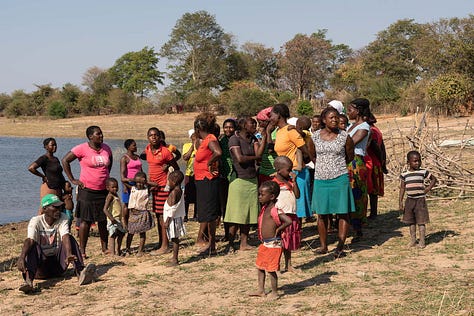
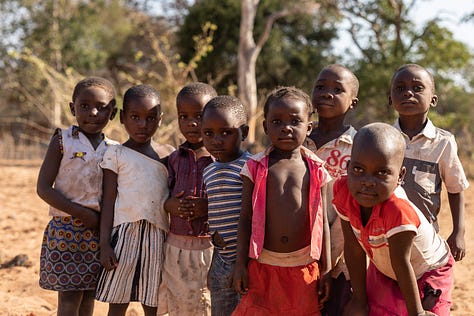
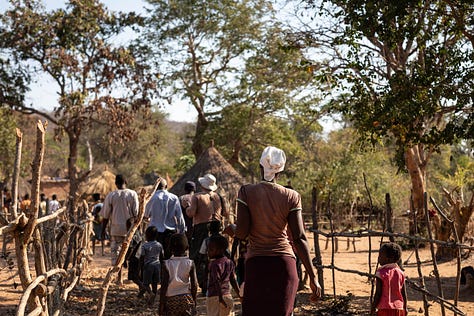
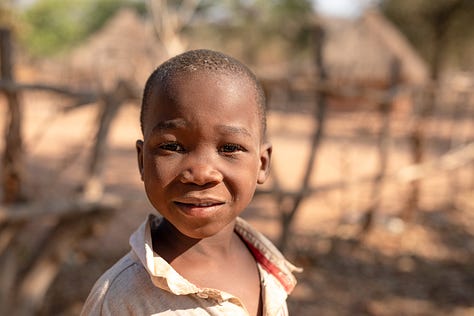



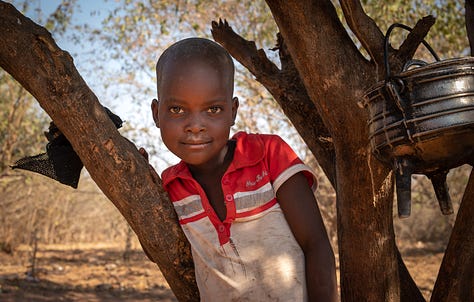

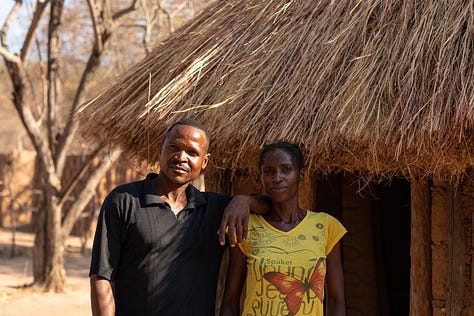

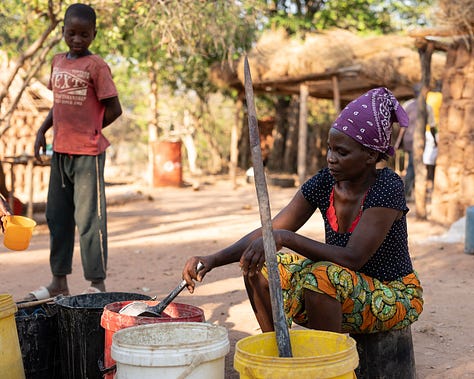
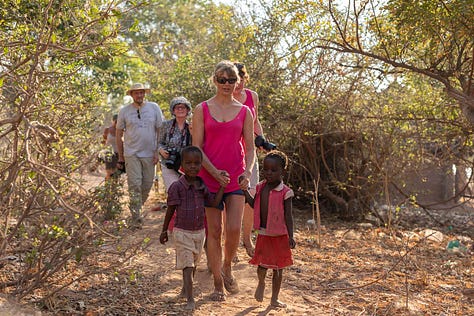
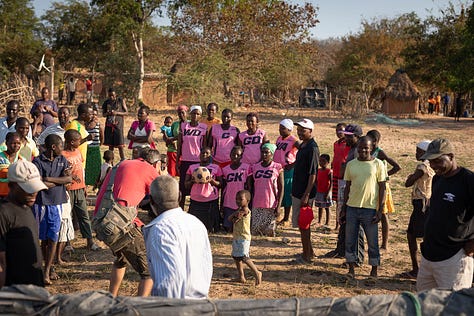

I loved the time we spent on Lake Kariba. Time slowed right down; I could have spent days out on the water exploring the creeks. It was just so peaceful. And one of the fabulous things about living on the houseboat was the fact we slept on the deck. It’s quite something to be lulled off to sleep by the sounds of wildlife travelling across the water (not so much the sounds of fellow travellers snoring!) or to wake up and see the night sky full of stars or the first glimmer of sunrise. What is probably most imprinted in my memory of Lake Kariba is how colourful it was, particularly at sunrise and sunset - such an amazing range of pink, orange and yellow hues.
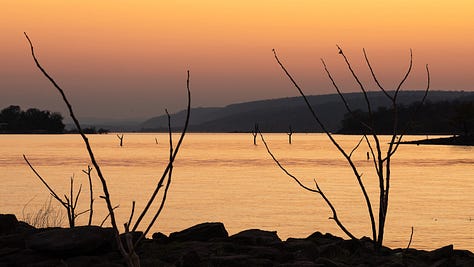
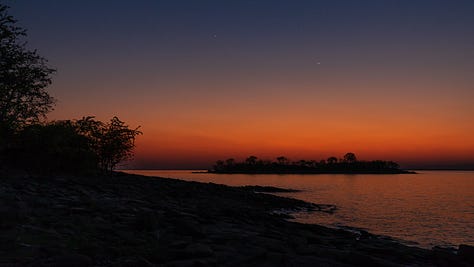
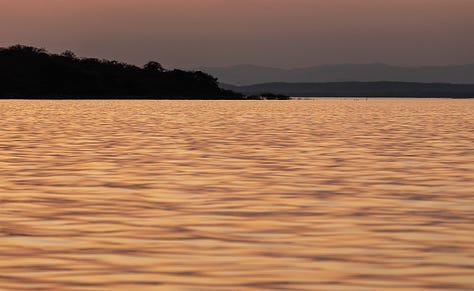
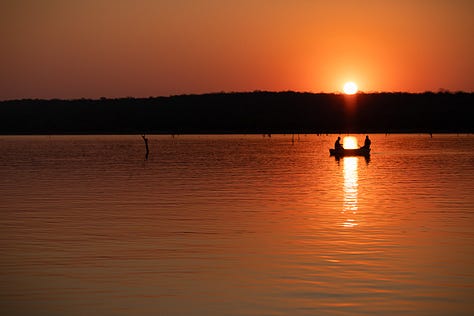
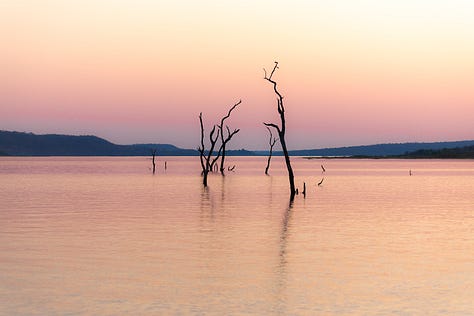
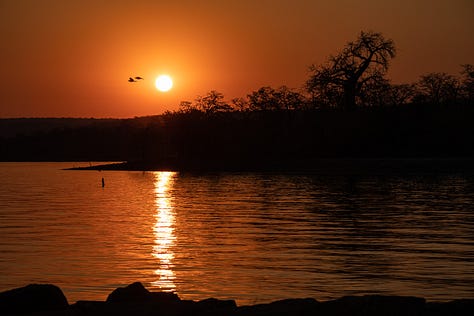
I had a slightly heavy heart as we left Lake Kariba, but the adventures of safari in Hwange National Park awaited.
We had a bush camp to ourselves and were two a tent. I have to say, it’s the most luxurious camping I’ve ever done! Proper beds in the main room with an ensuite shower room complete with flushing toilet. The shower was a ‘bucket shower’. The bucket hung outside and was filled with hot water for you. You got one fill, that was it. You had to time your ablutions so you didn’t end up in a lather as your water ran out ~ lots of turning the tap on and off to conserve the water for when you needed it. Something that should be done at home too!
As the camp was in the middle of the bush, during the hours of darkness we had to have a ranger escort us to and from the tent in case we bumped into some wildlife. Helen and I were unable to leave our tent one evening until an elephant had stopped dining on the bush immediately outside our door.
Wildlife of a smaller size was also a bit of a problem - the Hwange mouse! We were warned not to leave bags open as they like to explore and sample what they find. I obviously forgot about this as, once back in Victoria Falls, I discovered that a pair of trousers and a tube of handcream had been chewed by the little blighters!

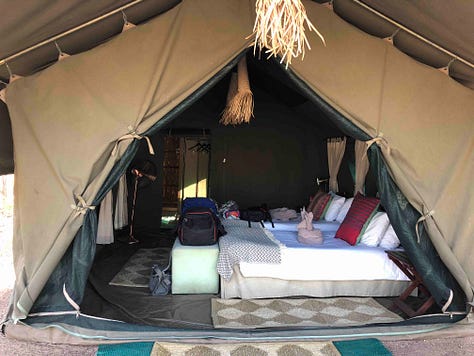
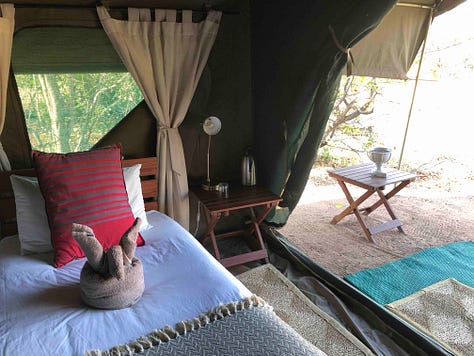
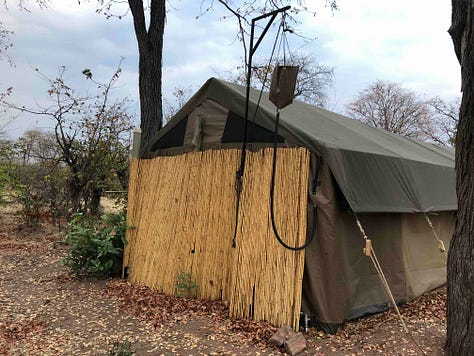


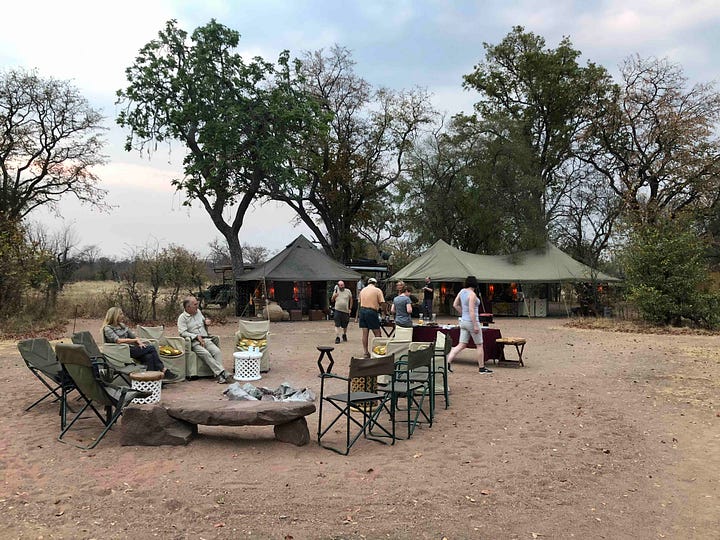

We had arrived in camp with enough time to head out on our first game drive. We didn’t travel far - just a short distance to some seeps where elephant go to drink. Zimbabwe is one of the few places that you can leave your vehicle so we got out to sit and watch the elephants come in to slake their thirst. This was a carefully controlled exercise though. Our ranger, Kevin, who was armed at all times with a rifle, talked us through exactly what we should do and how we should behave. We had also each sussed out our escape route that we would use to walk back towards the vehicle, if the need arose.
It’s such a special experience, and a privilege, to be able to sit and watch, at close proximity, these amazing beasts knowing that you are not stressing them at all.
One young bull elephant wasn't sure about us and decided he would come to investigate. We were told to stop photographing and not to move and, it's fair to say, hearts were racing a little faster than usual as he got closer and closer. He came to halt behind a bush just 8m away, by which time Kevin, who was watching the bull’s body language the whole time, had said we could start taking photos again. The bull stepped on the bush, scared himself and hurried off waving his trunk in the air. He then decided to harry a buffalo instead. What an experience! The quote of the trip came from one of the other ladies once we got back to the vehicle - “thank goodness for immodium!”
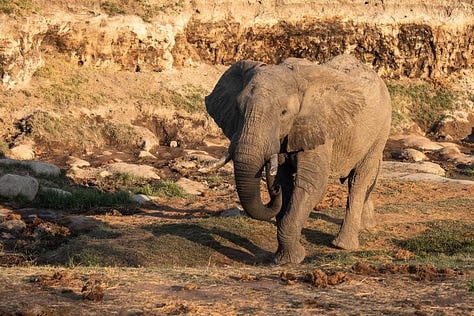
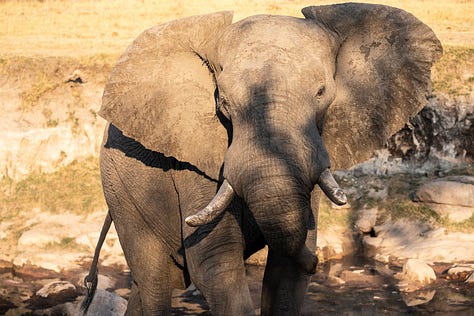

Thereafter, we were woken at 5am each day by the rangers. After a breakfast of porridge (tasted a bit weird), pancakes and other delights I can’t remember (I’m not at my best early in the morning!), we would hit the road by 5.45am for the first drive of the day.
I don’t think we went the same way twice. Hwange National Park is vast: at 5,657 sq. miles (14,651 sq. km), it’s the size of Belgium. It’s the largest and best known National Park in Zimbabwe. Lying on the Botswana border, it’s about an hour’s car journey from Victoria Falls.
Formerly occupied by the San bushmen, the Nhanzwa, and latterly the royal hunting preserve for the Matabele king, Mzilikazi, the area was finally gazetted for wildlife conservation in 1928 and was called Wankie Game Reserve. The reserve was created simply because the land was deemed to be unsuitable for agriculture due to its poor soils and scarce water supplies. With the inclusion of neighbouring Robins Game sanctuary, it was proclaimed a national park in 1930.
Hwange is home to the ‘Big Five’ (lion, leopard, rhinoceros, elephant and Cape buffalo - we saw three of these) and is one of Africa’s largest elephant sanctuaries. The elephant population (about 35-40,000 when we were there) is, in fact, getting out of hand. The devastation of the vegetation is phenomenal.
The park has over 100 mammal species, more than 400 bird species and countless smaller creatures. At least 1000 floral species have been identified including 230 different trees and shrubs and almost 200 grasses. The abundance of flora and fauna makes Hwange National Park one of the most diverse parks in the world, and we saw a lot of what it has to offer. Kevin, our guide, not only drove the vehicle but spotted the wildlife for us and was able to tell us what everything was. How he identified so many birds, I’ll never know! These are just a few of them…
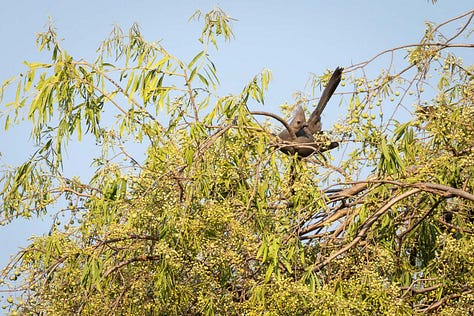
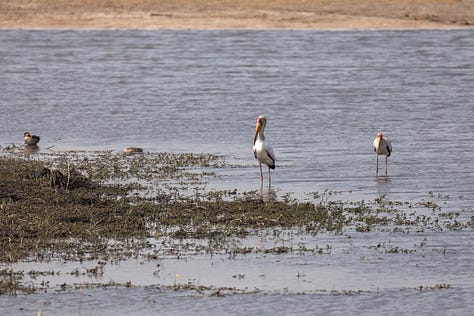

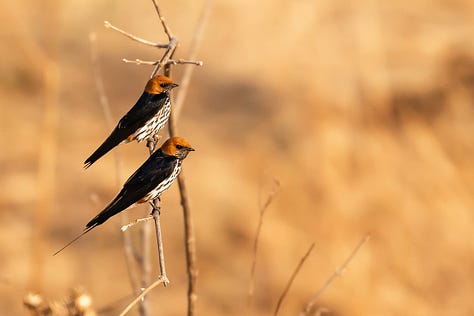
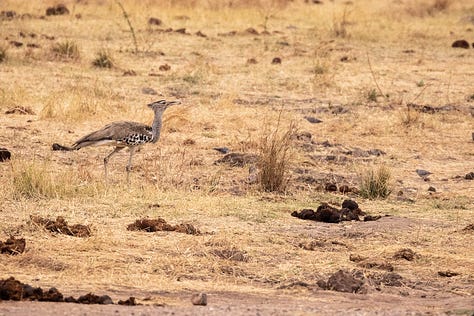

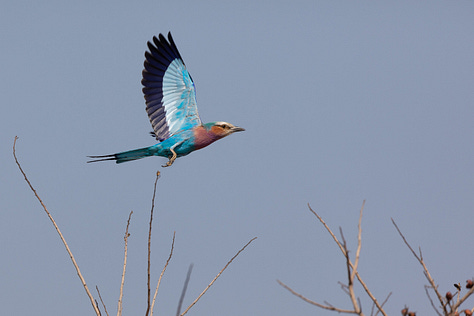
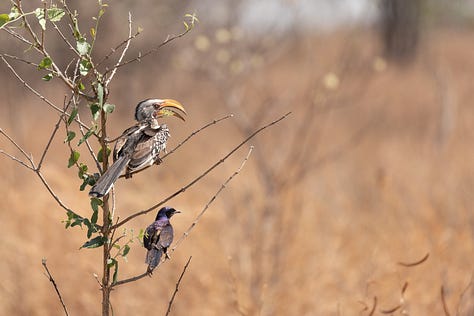
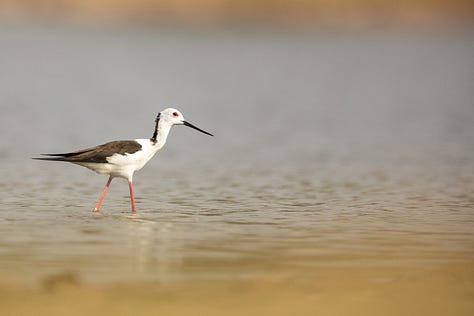
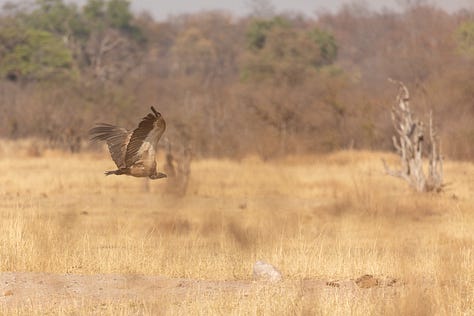
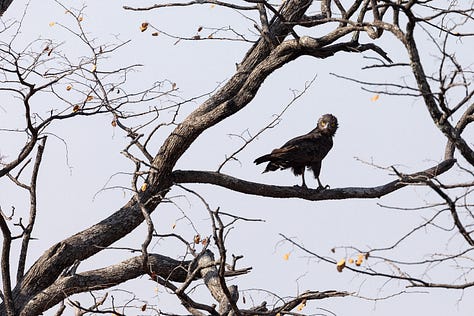
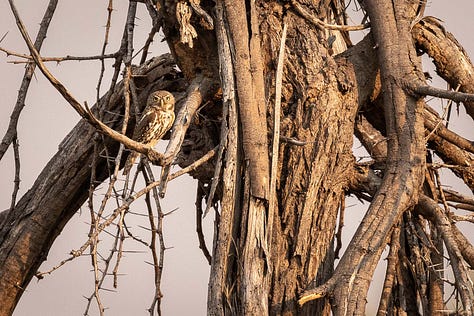
We saw a range of mammals as we toured round the park. Some sightings were so fleeting that it wasn’t possible to capture them with the camera, but, for me, the trips aren’t all about getting the image; the experience is always the most important aspect.

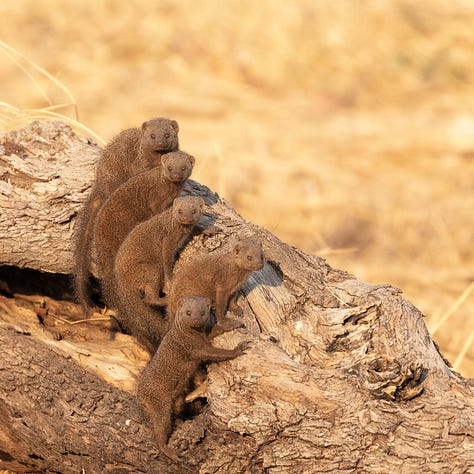
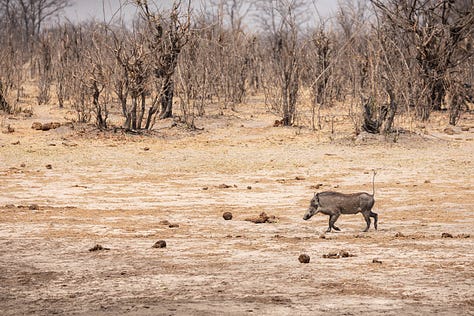
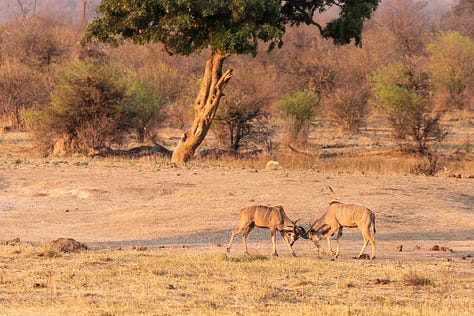
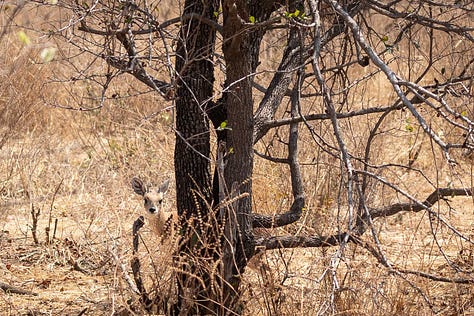
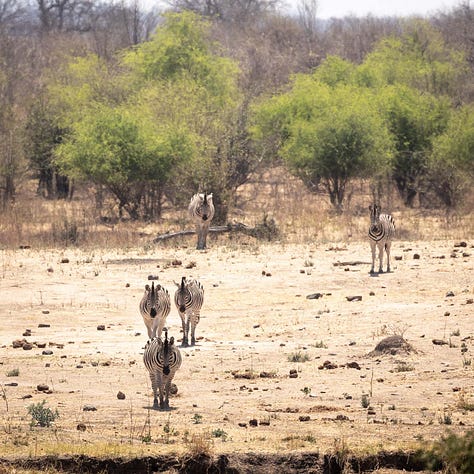
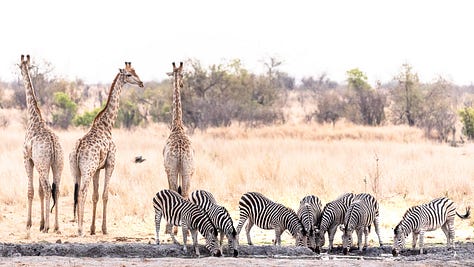
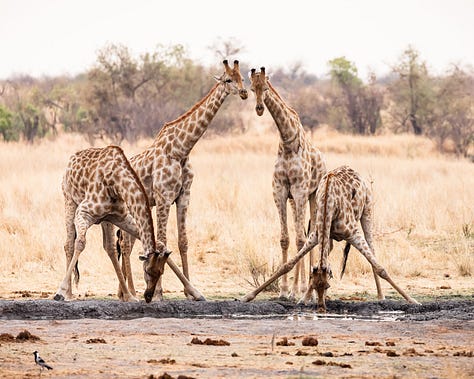

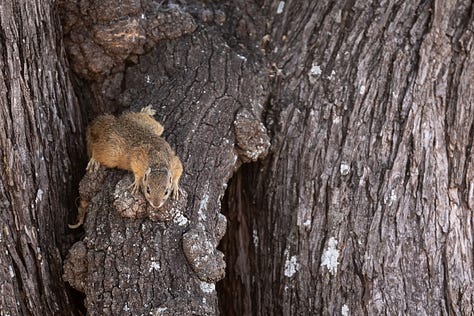
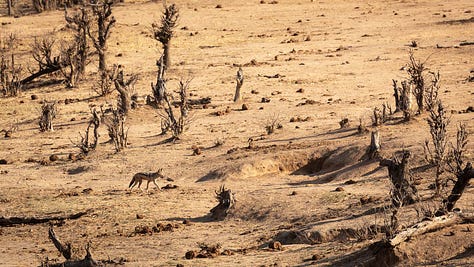
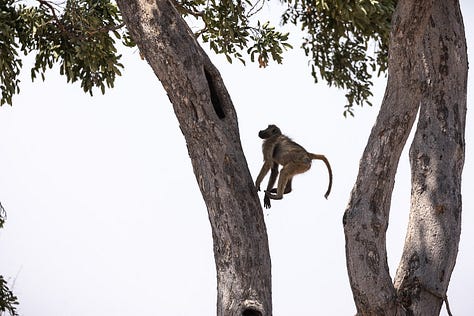
One of the mornings saw us going for a long drive. We called by a waterhole where there were several hippos lounging around in the water; some sleeping and some of the youngsters indulging in a bit of playful fighting. The hippos make an incredible noise - sort of a ‘hahahaha’ sound. It does seem like they are having a good old belly laugh. If there is anything I regret about the trip it’s not recording that sound. Again, we got out of the vehicle and were able to lie on the ground to get down to their level.
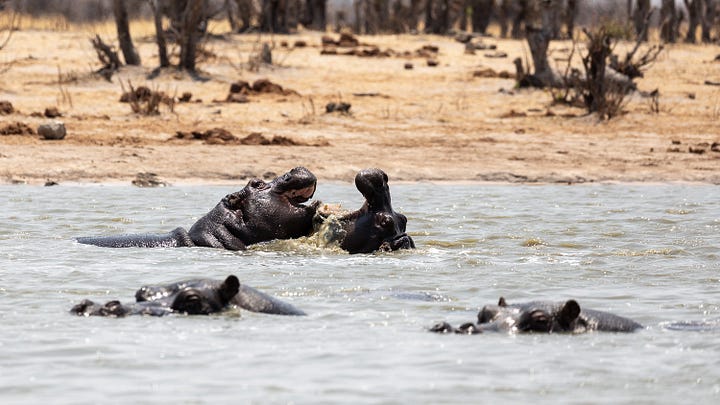


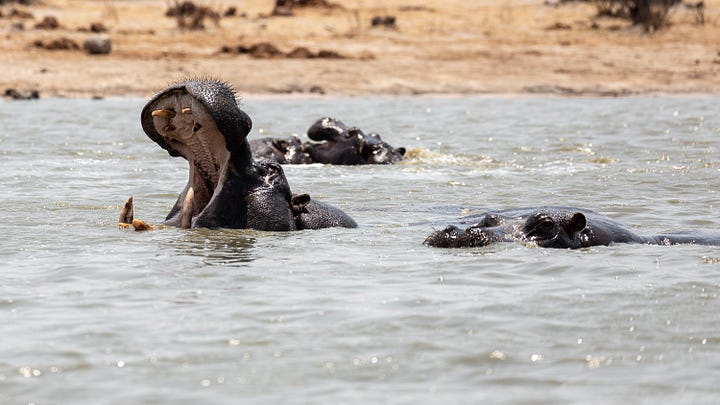
This was followed by a stop at another waterhole where we were hopeful of seeing some elephants. There were a couple of bull elephants there when we arrived, but they wandered off after a while. After waiting for a little longer for more elephants to arrive without success, we started to pack up to leave. As is often the way, we were about to drive off when we heard the sounds of a herd approaching. We quickly got our camera gear out and sat down on the ground with our backs to the jeep and waited. A large matriarch was leading the way; she was very much aware of our presence but nonetheless led the herd along the side of the waterhole and into the water itself. By this stage, the herd was about 10-15m away from us. And what fun the youngsters were having splashing in the water! Then the command came: stop shooting and freeze. So frustrating, but we obeyed instantly. The matriarch was standing directly opposite us trying to decide whether to confront us or not. Time seemed to be suspended as she contemplated, made her decision and walked off. At no time during this encounter (or the previous elephant encounter) did I feel unsafe. I had complete trust in Kevin. And not because he had his rifle in his hands at all times; and, yes, he would have used it if absolutely necessary. My trust was in his knowledge of the animals: traits, habits and body language. He could read them like a book. I can’t stress how much of a privilege it is to be able to watch animals such as these in their natural environment; very special.
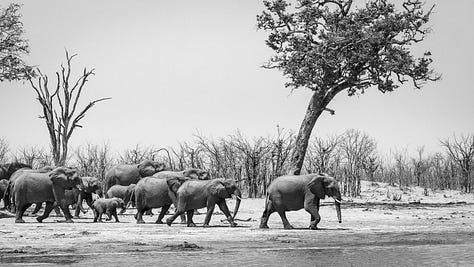
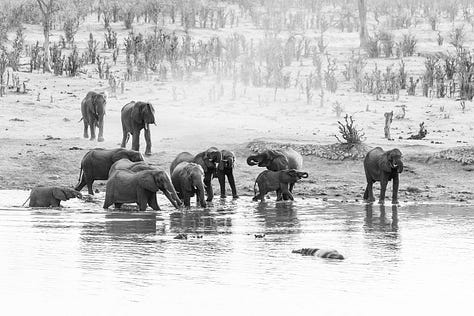
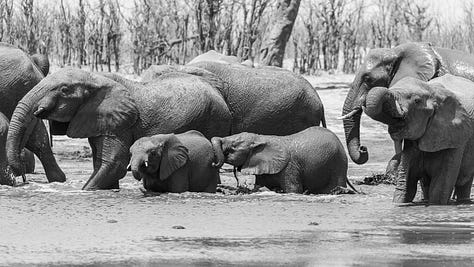
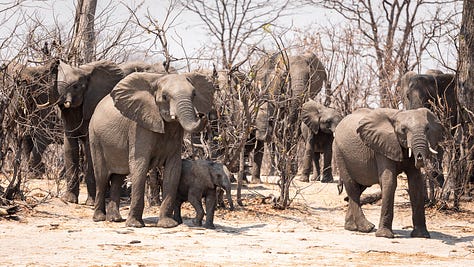
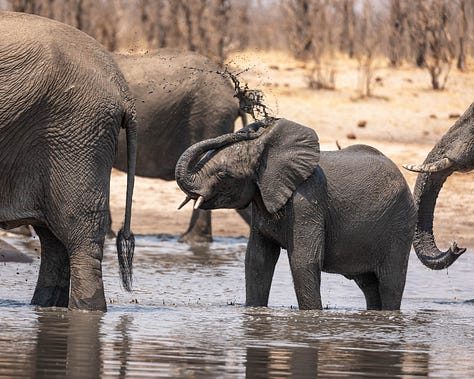

Another special moment was lying on the ground amongst dried hippo dung (weird, I know) watching a whole herd of buffalo approach a water hole, which was definitely one of the highlights of the trip. With only a short stretch of water and a few hippos between us and the buffalo, it was a breathtaking sight watching them emerge from the dust to drink, five deep at times. It brought to mind the old western movies I watched as a kid with the large herds of cattle being driven across the plains.
It was only on the last afternoon of our safari that we finally encountered lions. The excitement in the truck was palpable, not least because we got very close to a lioness lying in the grass. She eye-balled us intently before deciding we weren’t particularly interesting. For those minutes that she stared at us, you could feel the intensity of her gaze and we were all very aware that one false move from us and she would have been in the truck.
It was quite an experience getting very close to these impressive cats. Once they had got used to our presence, they were quite chilled and just ignored us. They were so chilled in fact that they barely moved; and so we just sat in the middle of the pride watching them, and ate scones and jam, as you do! The most random experience of the whole trip, but one of many unforgettable moments.

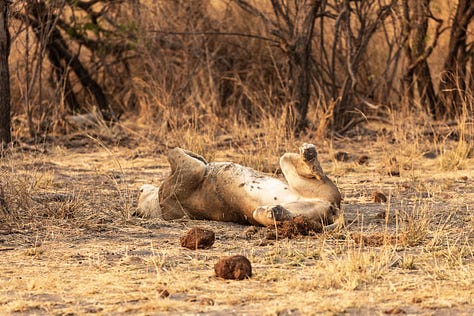

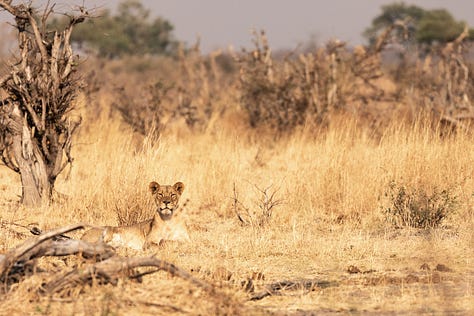
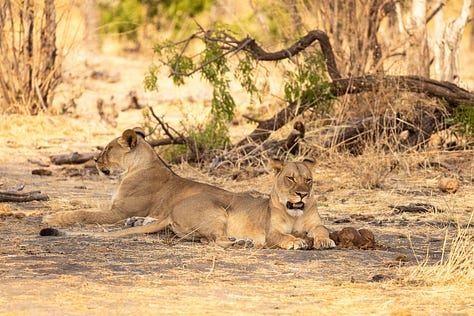

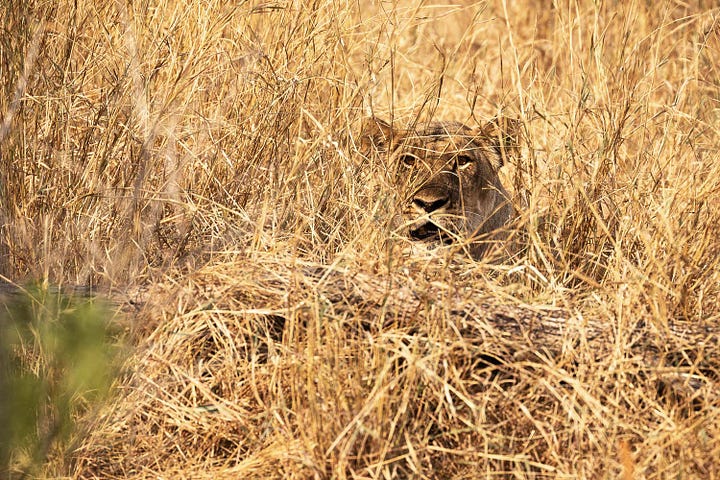

I’ll leave you with one final memorable moment. Whilst lions are one of the must-see species on safari, if they’re sleeping, they aren’t the most interesting to watch. My attention often drifted from them to the elephants behind us. They are an exceedingly charismatic animal and clearly very intelligent. I’m sure you’ve all seen footage of herds pulling young calfs out the mud. Well, it happened right before our eyes. It was an incredibly special moment. There was a lot of milling around accompanied by a lot of noise, but the elephants clearly knew what they were doing. Out of the chaos, the whole herd, including youngsters, worked together to extract the calf. For such large animals, they are extremely dextrous.
I loved my time in Zimbabwe and hope very much that I will return to explore more of the country.
If you’ve made it this far, thank you, and give yourself a pat on the back! Let me know what you think in the comments, it’s more of a conversation then 🙂





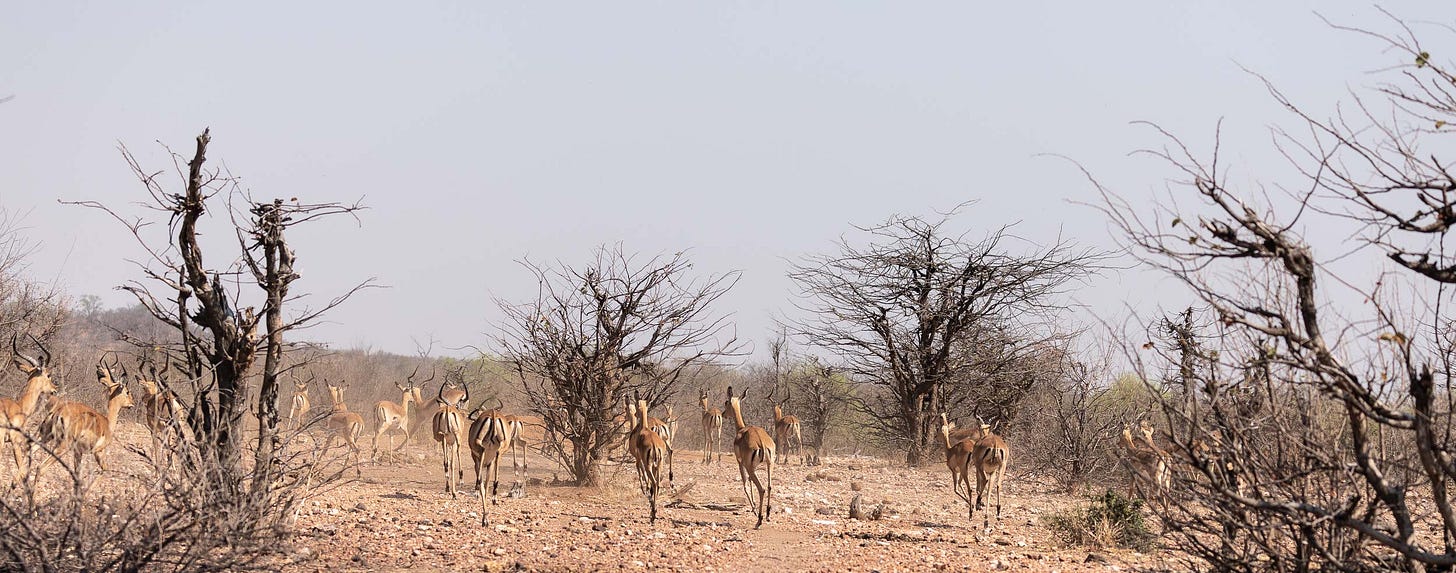
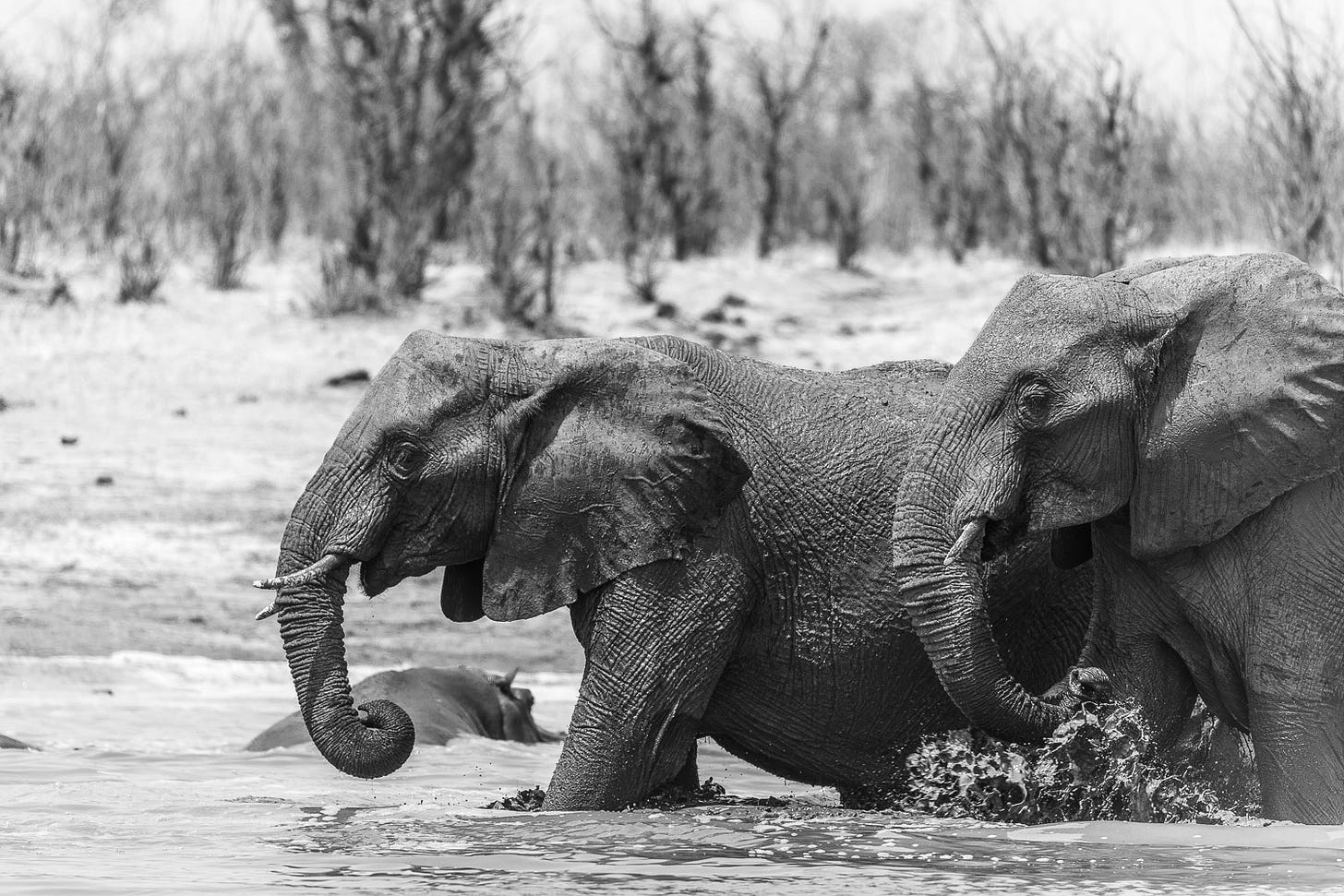


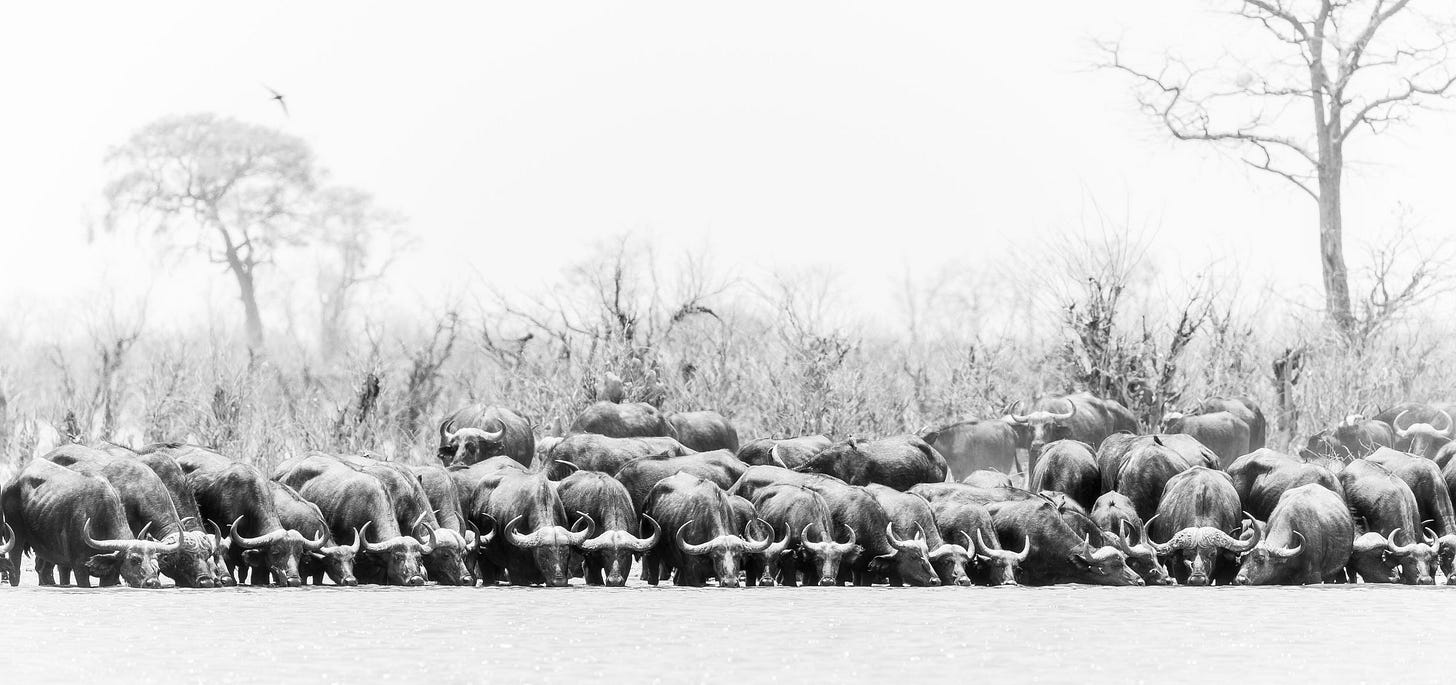

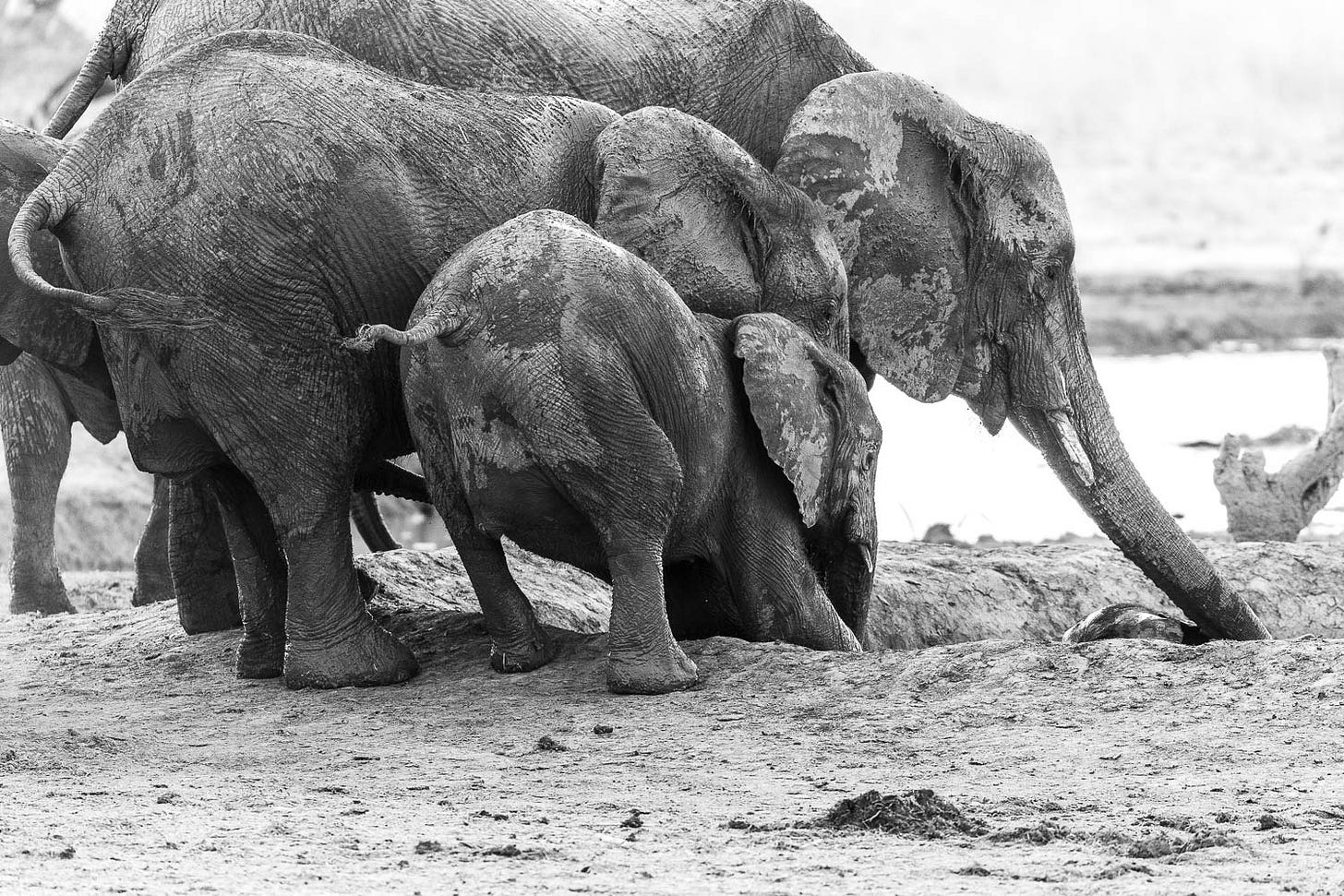


Thank you for this travelogue, Lynn. Your words and photos bring back memories. I backpacked in Zimbabwe in '86 and Kenya in '91. Highlights were canoeing down the Zambezi from Kariba Dam to Mana Pools (hippos are the most dangerous animals on the river!) and watching a large elephant herd on the move to a waterhole in Samburu. The cases of exposed film were my most precious luggage items. I must dig out my photos again one day.
These images, wow.